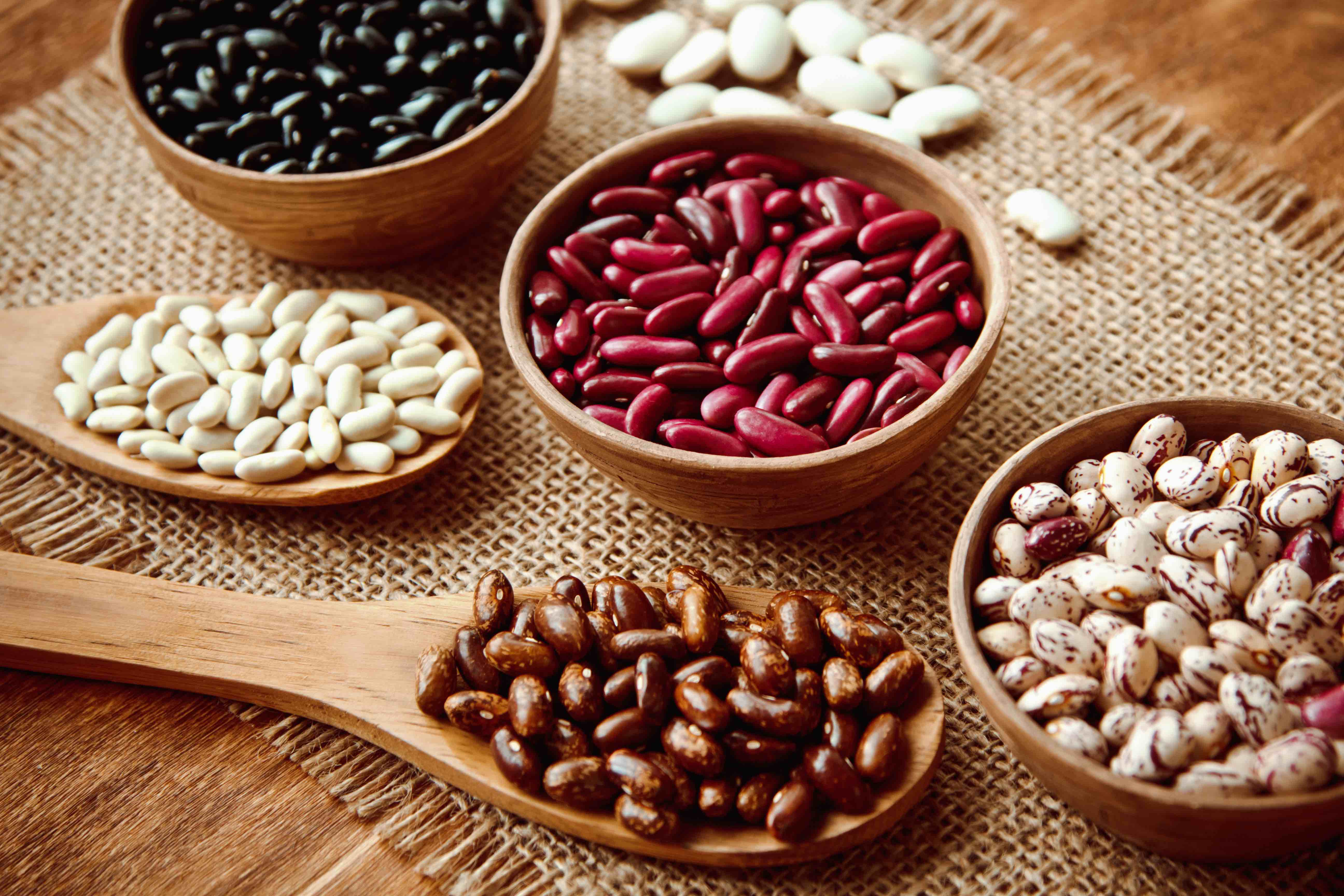By Chioma Obinagwam
Beans are highly nutritious and versatile legumes that have been cultivated for thousands of years. They come in various varieties, each offering a unique nutritional profile.
They are also diverse group of legumes, each with its own unique flavor, texture, and culinary uses.
Confiance News has curated 15 types of beans:

1. Adzuki Beans:
– Small red beans popular in East Asia.
– Used in red bean paste and various recipes.
– Rich in folate and manganese.
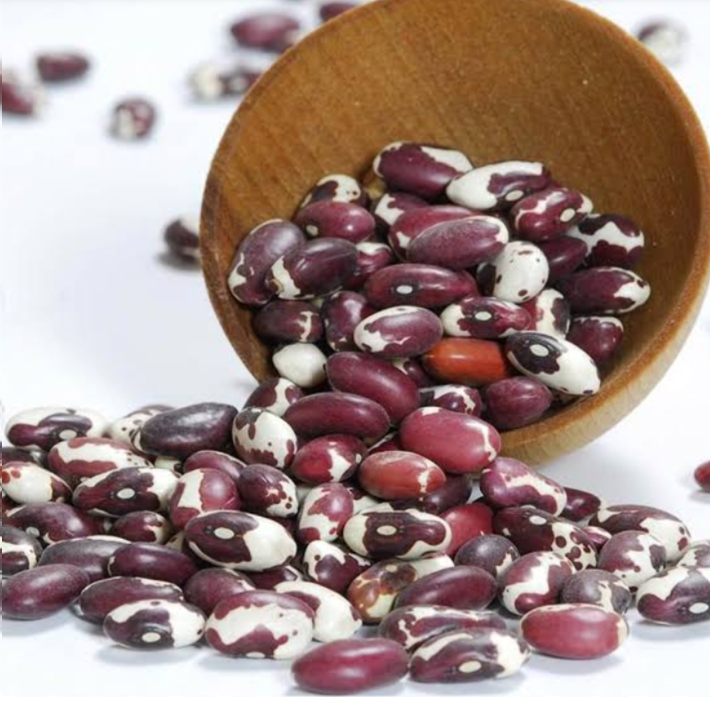
2. Anasazi Beans:
– Cream-colored kidney-shaped beans with distinctive red spots.
– Substitutable in recipes calling for pinto beans.
– Often used in Mexican cuisine.

3. Black Beans:
– Popular in Latin American, Cajun, and Creole cuisines.
– Native to South America but now used worldwide.
– Excellent protein source for vegetarians and vegans.

4. Black-Eyed Peas (beans):
– Legume native to West Africa.
– Staple in southern cooking.
– Traditionally prepared in broth with a ham bone.
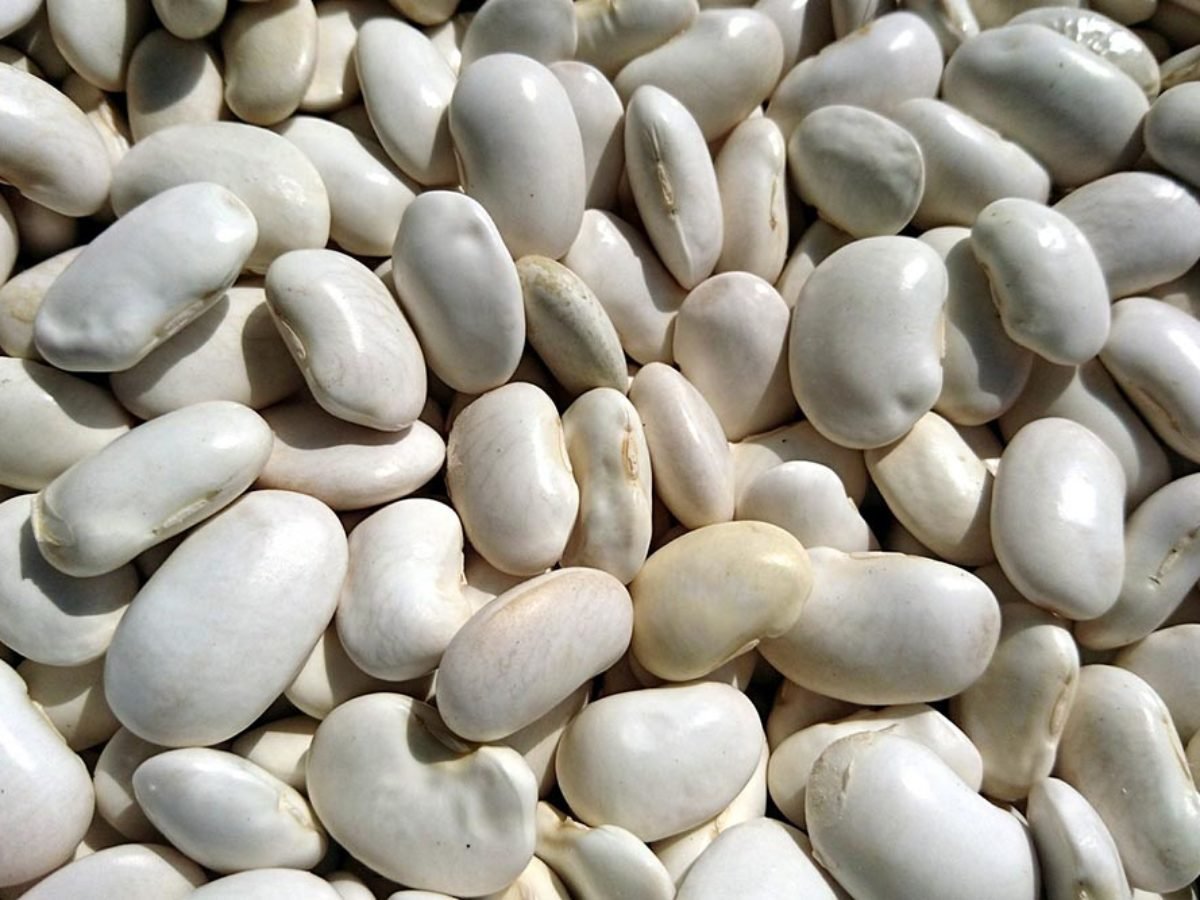
5. Cannellini Beans:
– White kidney beans.
– Creamy texture, often used in Italian dishes like minestrone soup.

6. Chickpeas (Garbanzo Beans):
– Versatile legumes used in hummus, salads, and curries.
– High in protein and fiber.
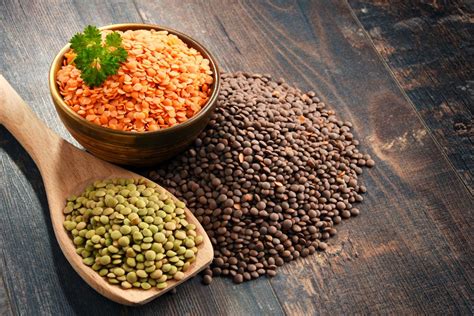
7. Lentils:
– Small disc-shaped legumes.
– Come in various colors (green, brown, red, black).
– Cook quickly and are rich in protein and iron.
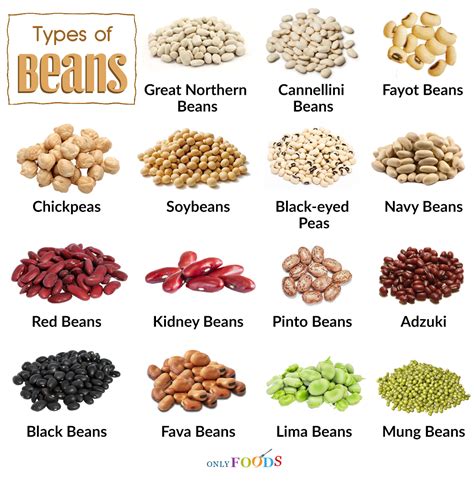
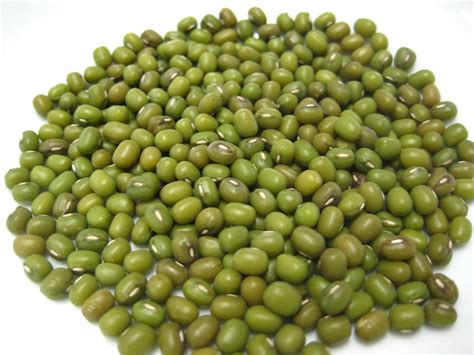
8. Mung Beans:
– Small green beans.
– Common in Asian cuisine.
– Sprout easily and are great for salads and stir-fries.
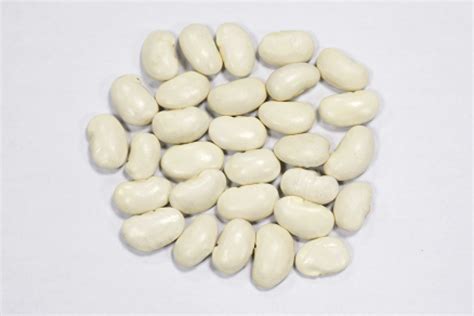
9. Navy Beans:
– Also known as white haricot beans.
– Creamy texture, often used in baked beans and soups.
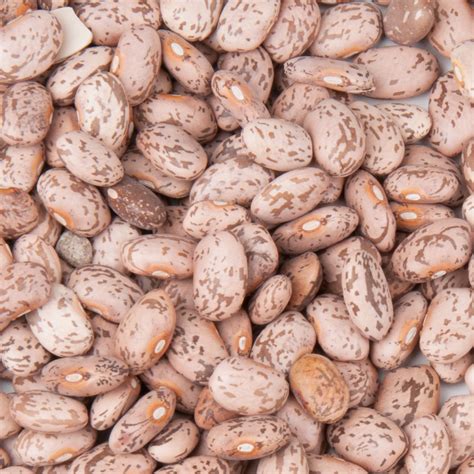
10. Pinto Beans:
– Most popular beans in the United States.
– Used in chili, refried beans, and Mexican dishes.

11. Soybeans:
– Also known as edamame when young and green.
– Used for tofu, soy milk, and other soy products.
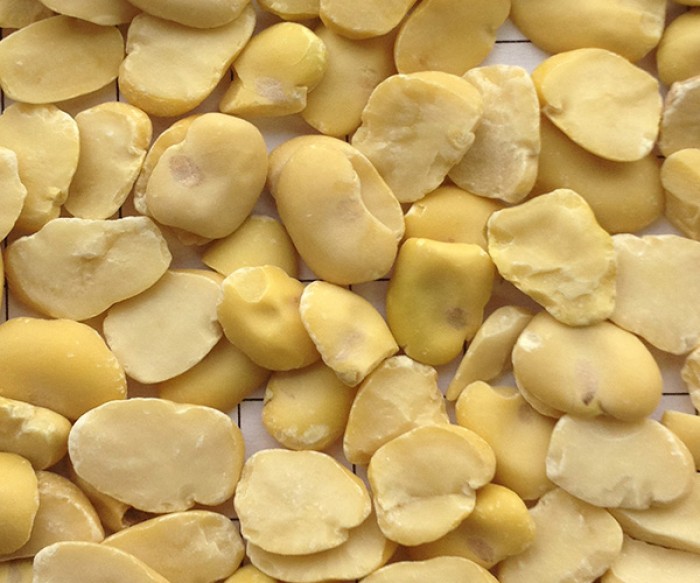
12. Split Peas:
– Halved green peas.
– Commonly used in soups, especially split pea soup.
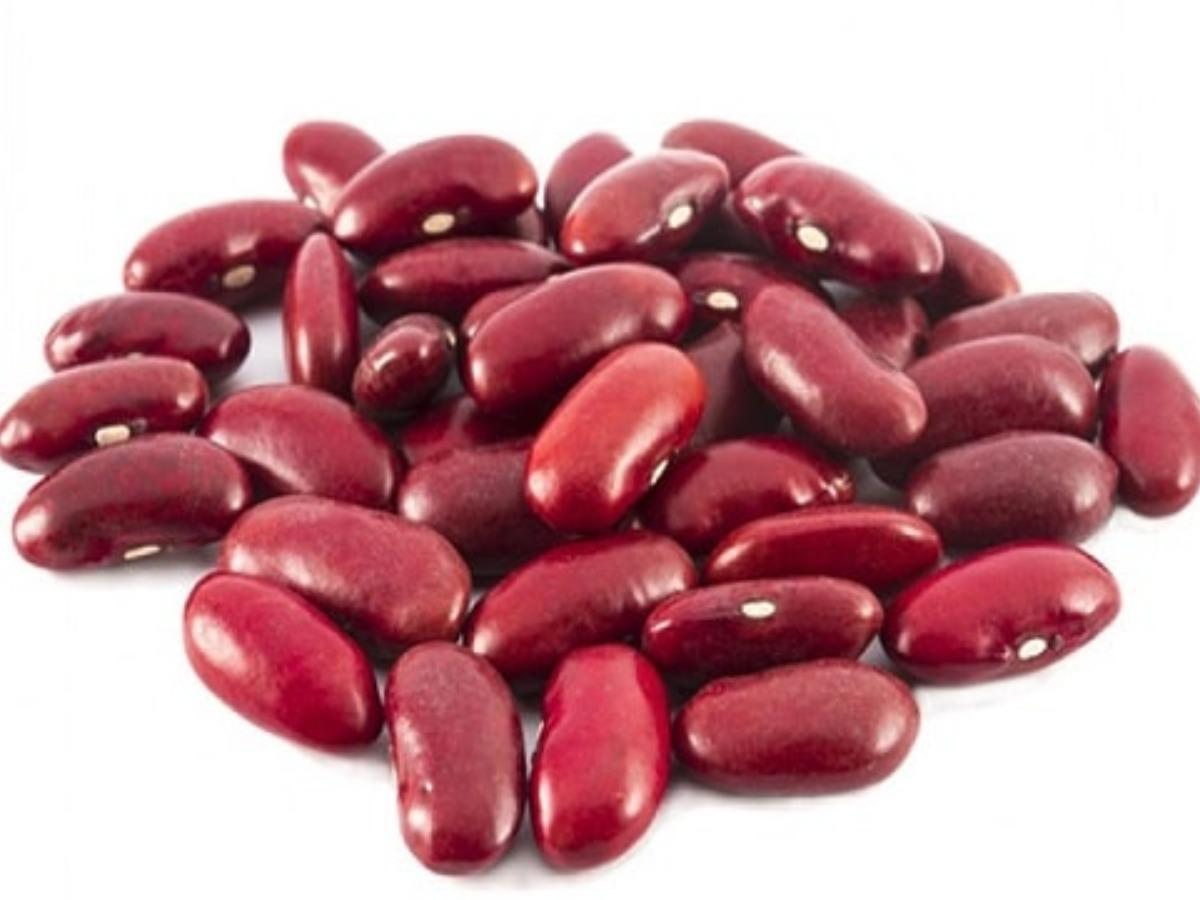
13. Kidney Beans:
– Red beans.
– Used in chili, salads, and stews.
– High in protein and fiber.
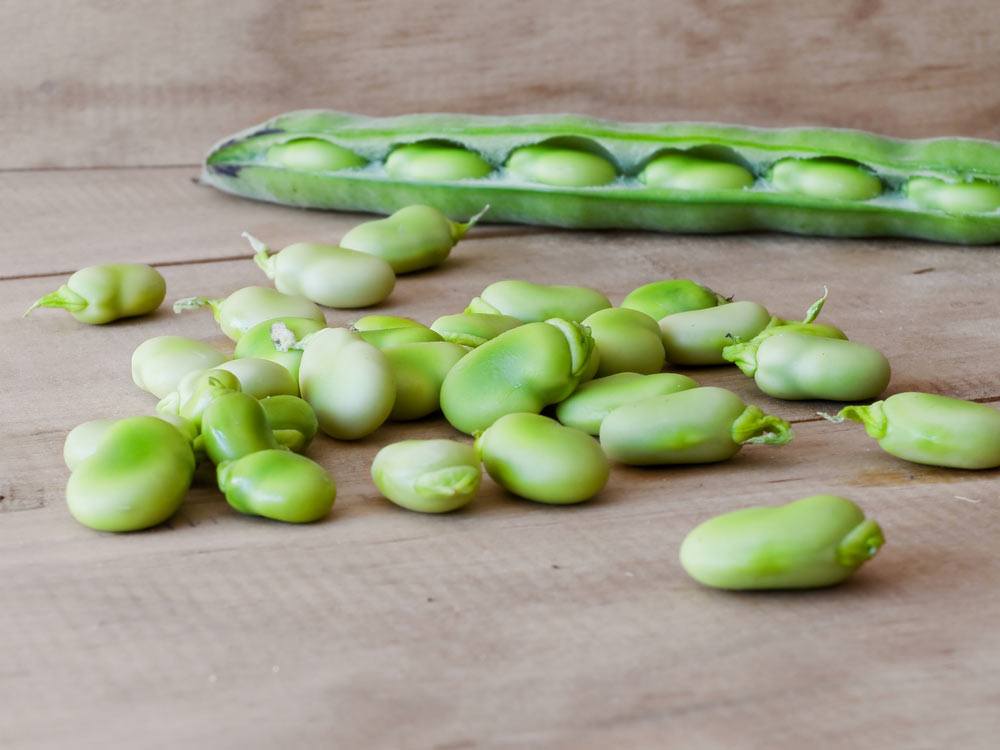
14. Lima Beans:
– Also called butter beans.
– Creamy texture, often used in succotash and casseroles.

15. Fava Beans:
– Broad beans.
– Used in Mediterranean cuisine.
– Featured in dishes like ful medames.
Nutritional Content:
-For instance, a cup (171 grams) of boiled pinto beans provides the following nutrients:
– Protein: 15 grams
– Fat: 1 gram
– Carbohydrates: 45 grams
– Dietary Fiber: 15 grams
– Iron: 20% of the Daily Value (DV)
– Calcium: 8% of the DV
– Magnesium: 21% of the DV
– Phosphorus: 25% of the DV
– Potassium: 21% of the DV
– Folate: 74% of the DV
More so, beans also contain decent amounts of zinc, copper, manganese, selenium, and vitamins B1, B6, E, and K. With only 245 calories per cup, pinto beans are incredibly nutrient-dense.
Health Benefits:
– Weight Loss: Beans are weight-loss-friendly due to their high protein and fiber content. They keep you feeling full, and studies suggest that bean intake is associated with improved nutrition and reduced body weight.
– Heart Health: Regular consumption of beans may lower LDL (bad) cholesterol, reducing the risk of heart disease.
– Antioxidants: Beans contain phytonutrients like isoflavones and phytosterols, which have antioxidant properties and may reduce the risk of cancer and heart diseases.


